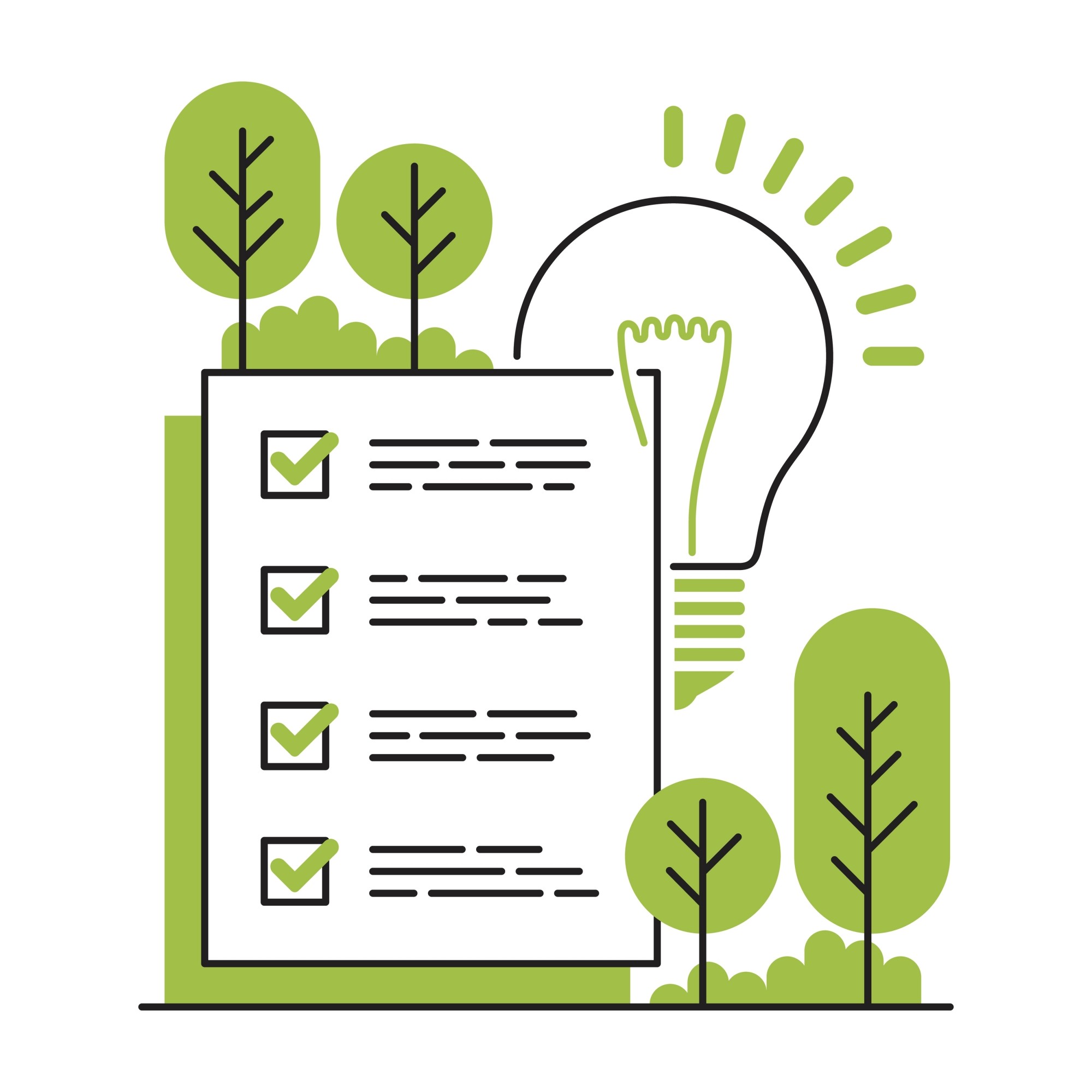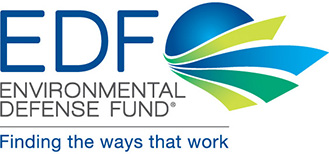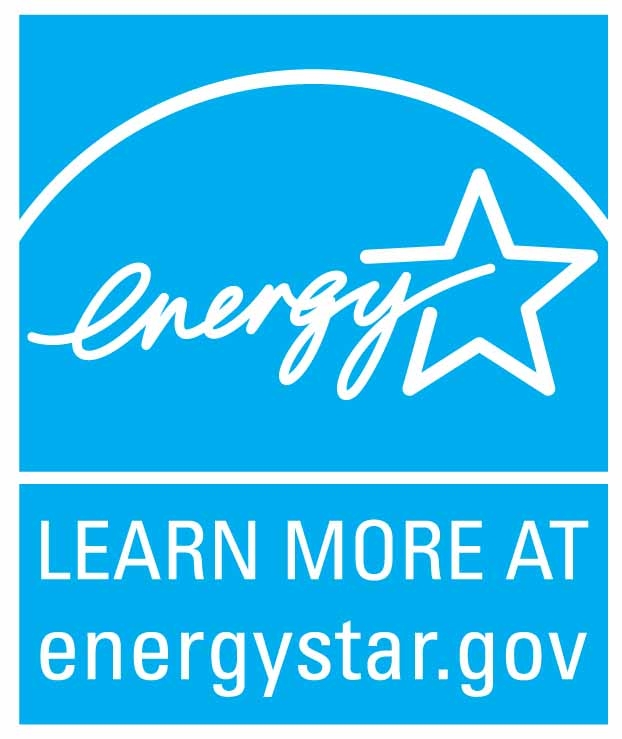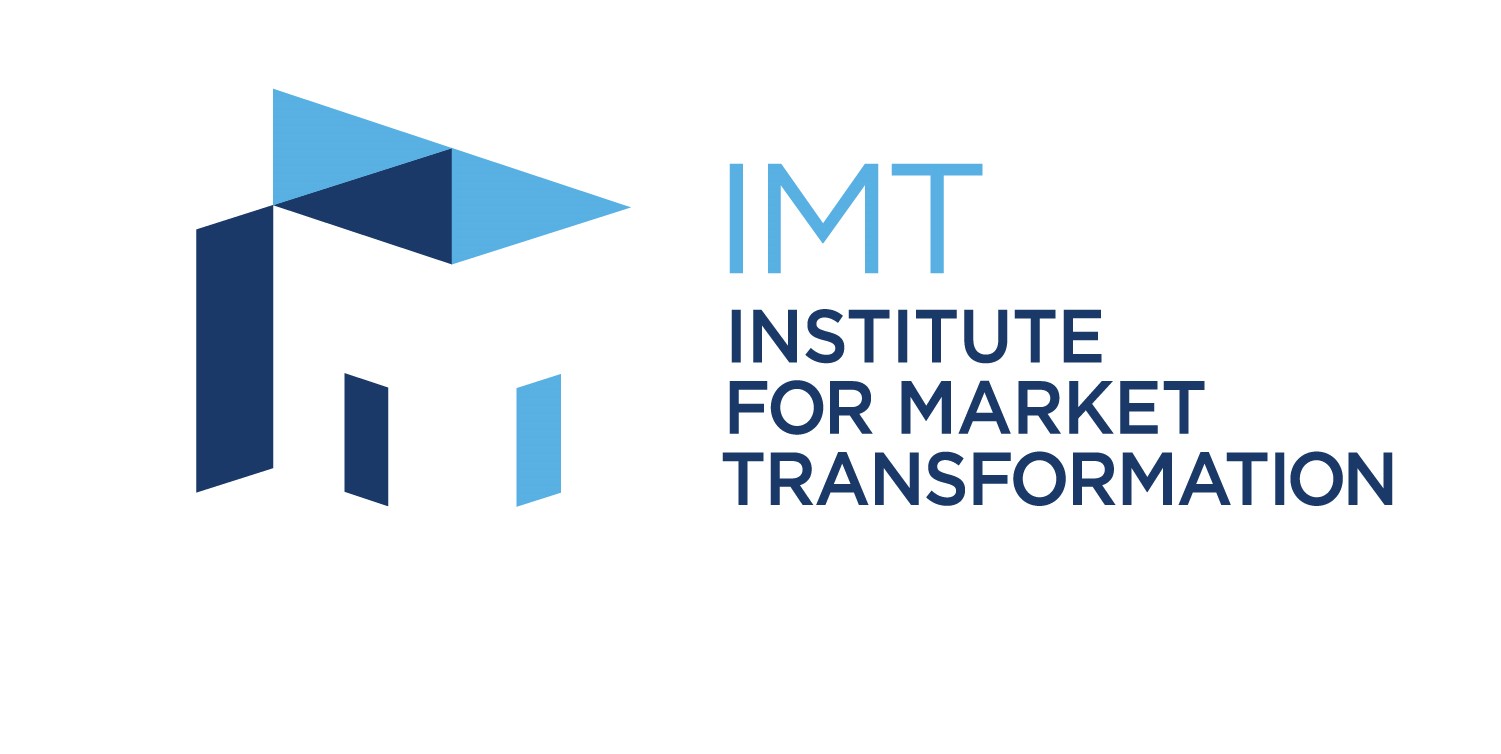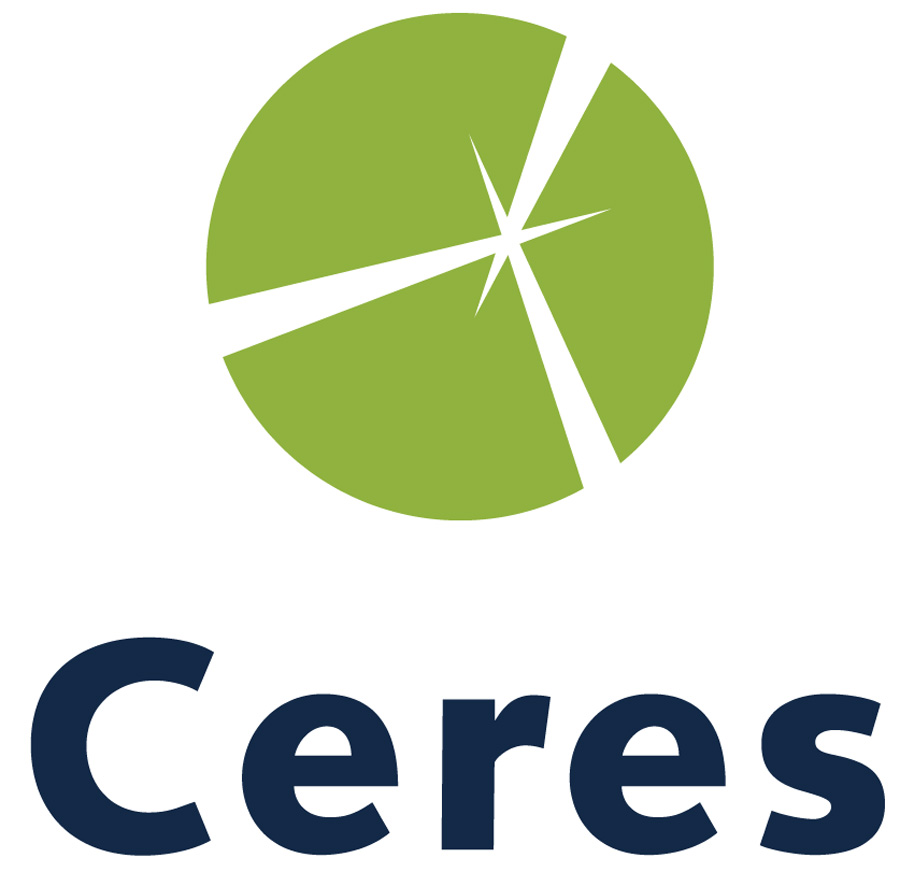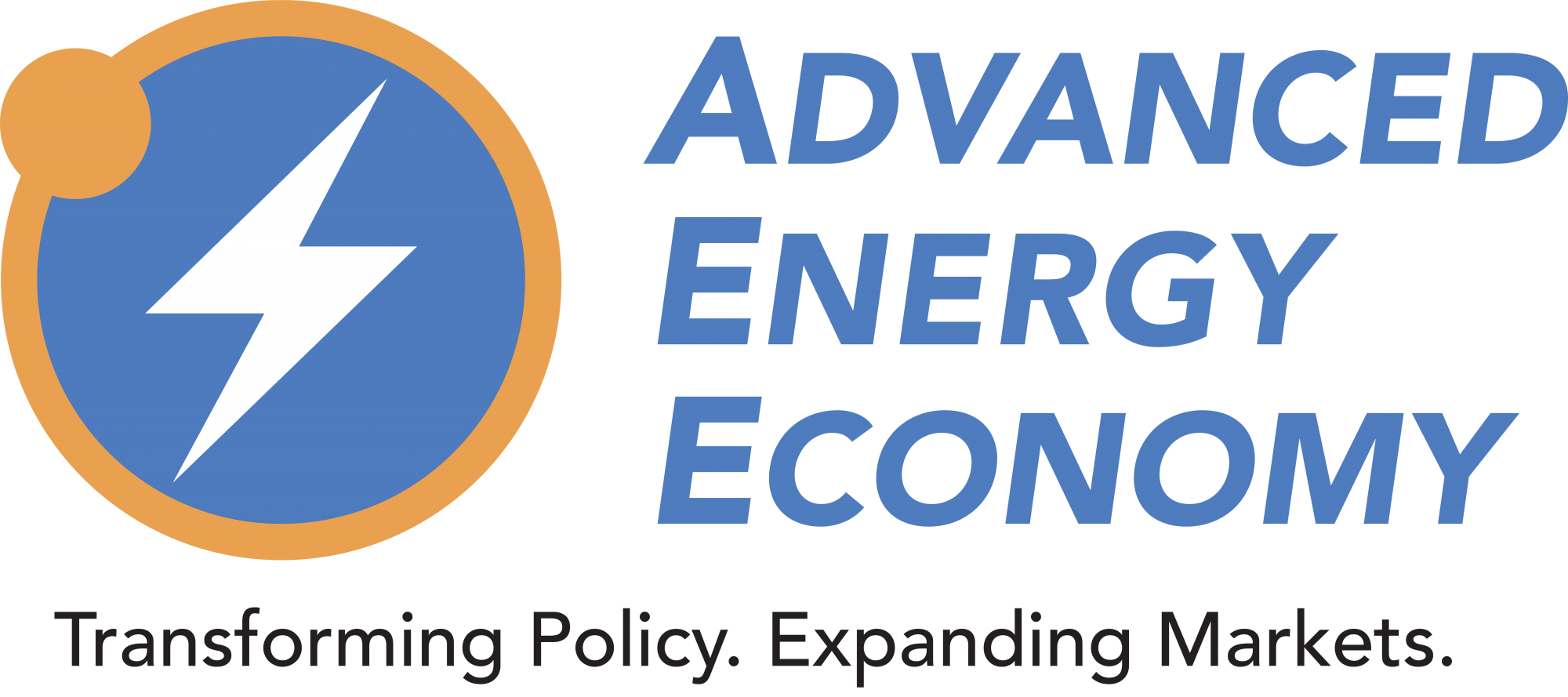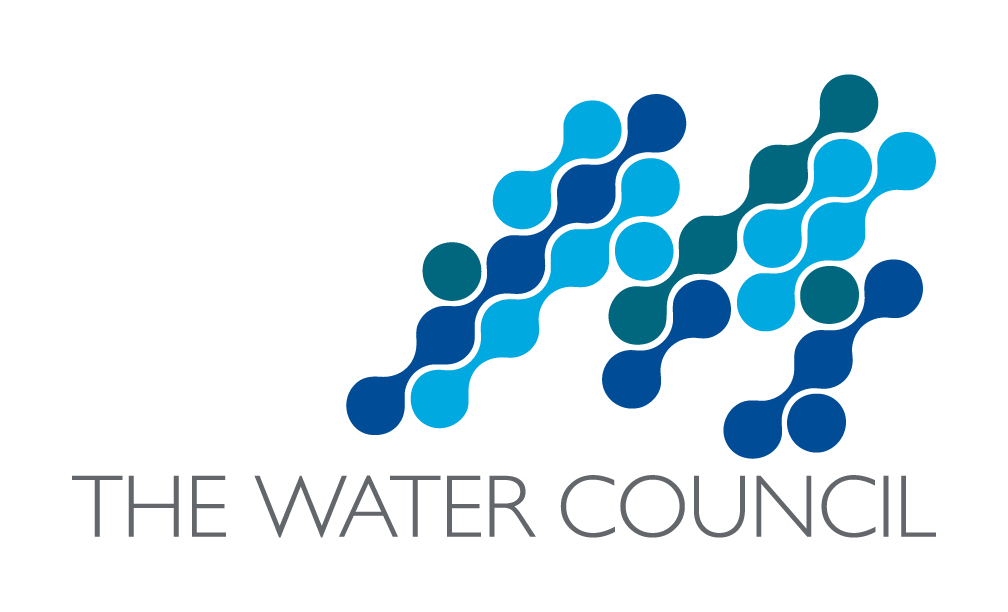Energy Efficiency, GHG Emissions, Industrial - March 20, 2025
States Improve Energy Efficiency Programs
Several states improved their efficiency programs recently to lower pollution and emissions, according to the 16th edition of the State Energy Efficiency Scorecard report.
The report ranks states on their policy and program efforts to advance energy efficiency, which is the least-cost energy resource and also provides grid reliability and resilience, according to a statement.
The report assesses performance, documents best practices, and mentions the latest policy developments and state efforts to save energy. It also highlights opportunities and policy tools available to governors, state legislators and regulators.
Energy efficiency investment reached a new record high level of an estimated $8.8 billion in 2023, including doubling support for low-income households to more than $2 billion from 2021 to 2023.
Vermont, California, Massachusetts and New York continued to lead, with Maryland joining them at the top of the list for the first time. Colorado reached the top 10 for the first time, New Jersey returned to the top 10 for the first time since 2008, and Louisiana leaped up the ranks due to a significant improvement in building codes.
The report also revealed that 12 states and the District of Columbia adopted the Advanced Clean Cars II rule to reach 100% zero-emission vehicles by 2035 and that 10 states have adopted the Advanced Clean Trucks rule. Seventeen jurisdictions have adopted goals of reducing GHG or the number of miles traveled by vehicles (VMT), while 24 jurisdictions have reduced average VMT per person.
Colorado, Maryland, Oregon, and Washington and the District of Columbia adopted building performance standards to support energy savings in existing buildings.
Nineteen states and the District of Columbia set industrial decarbonization targets, mostly due to the Environmental Protection Agency’s Climate Pollution Reduction Grants, with at least four of those states — Colorado, Maryland, Massachusetts and Vermont — in the process of implementing or developing clean heat standards.
The report also discussed how 15 states and the District of Columbia established appliance energy efficiency standards and/or clean lighting policies, building on national policies that were already saving the average household in the U.S. more than $500 annually in 2015.
Share this valuable information with your colleagues using the buttons below:
« Back to NewsStay Up-To-Date

